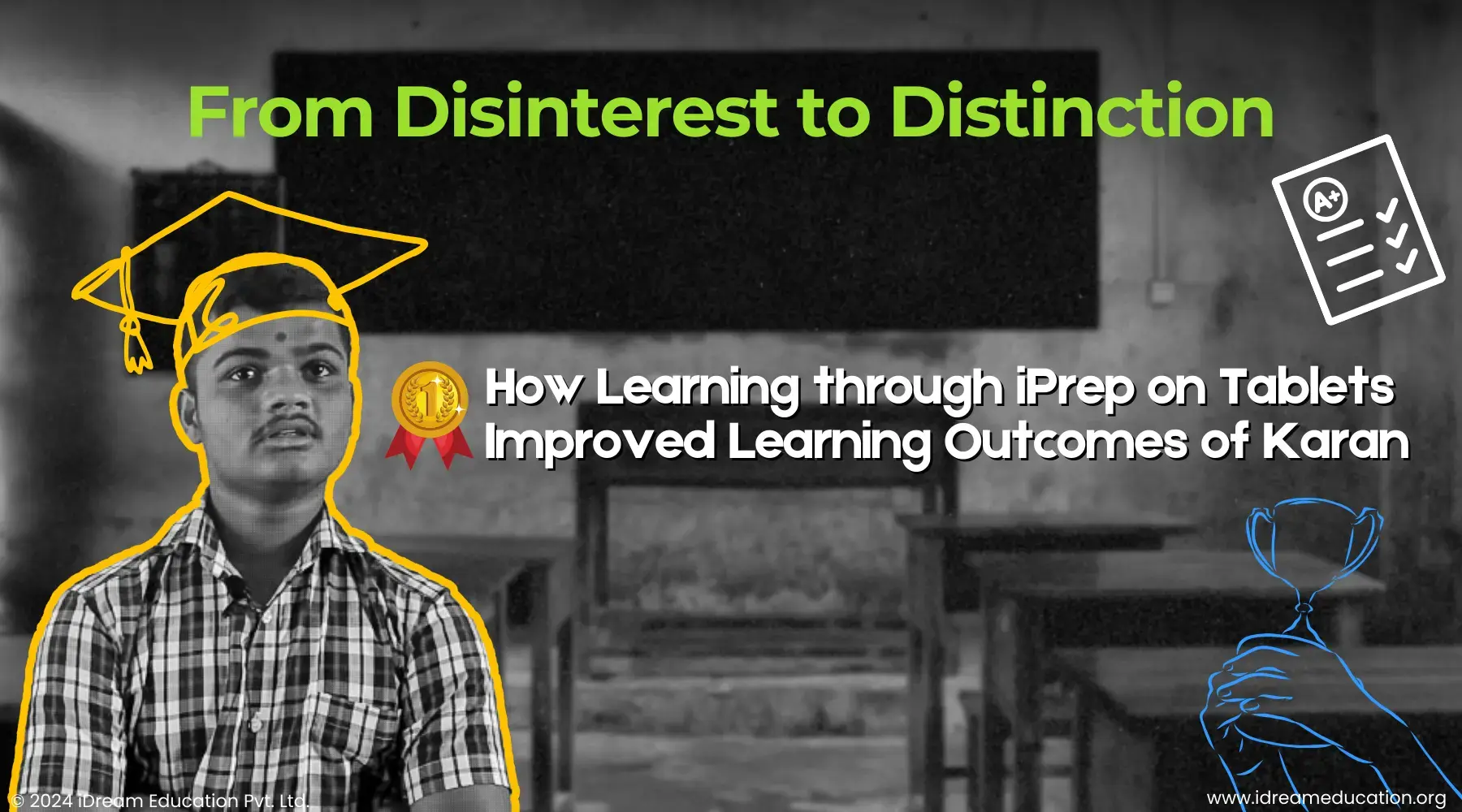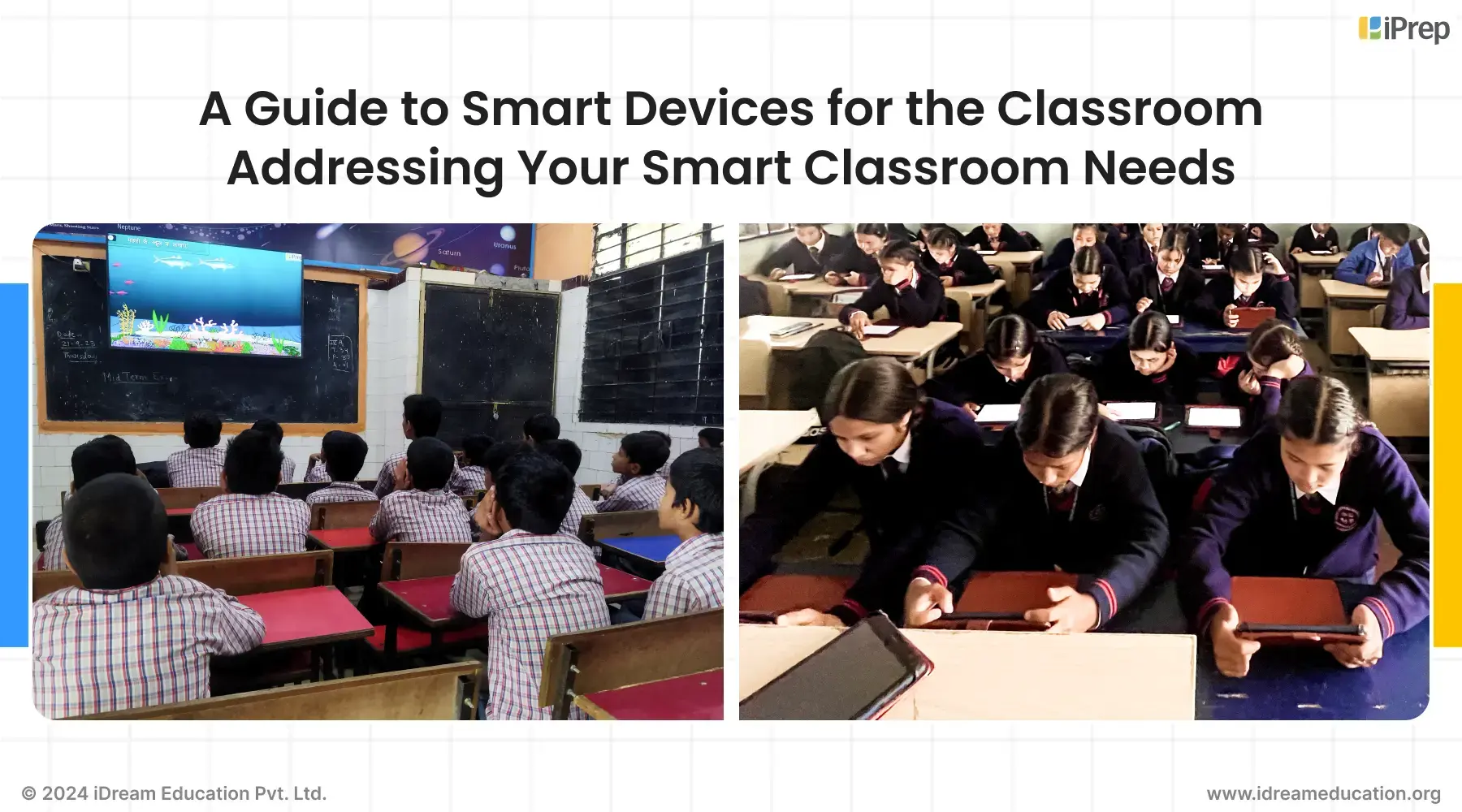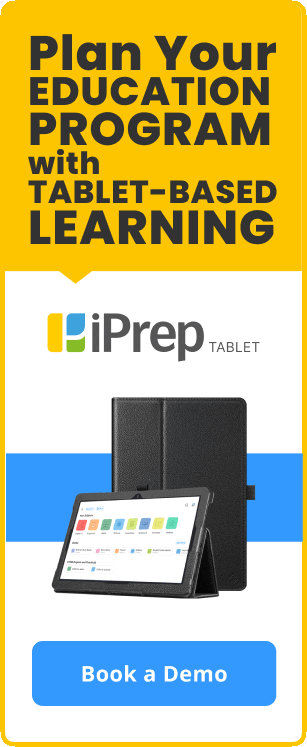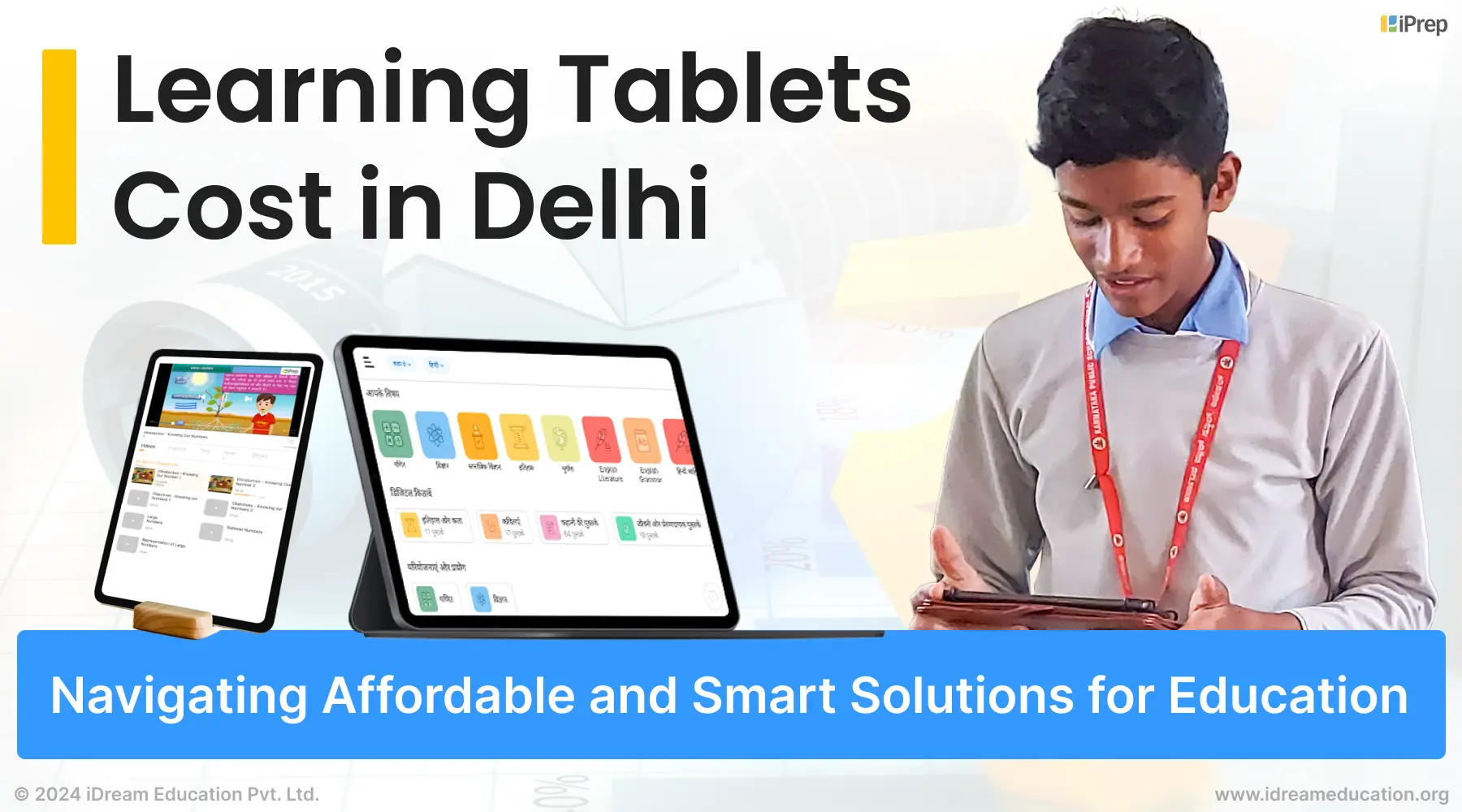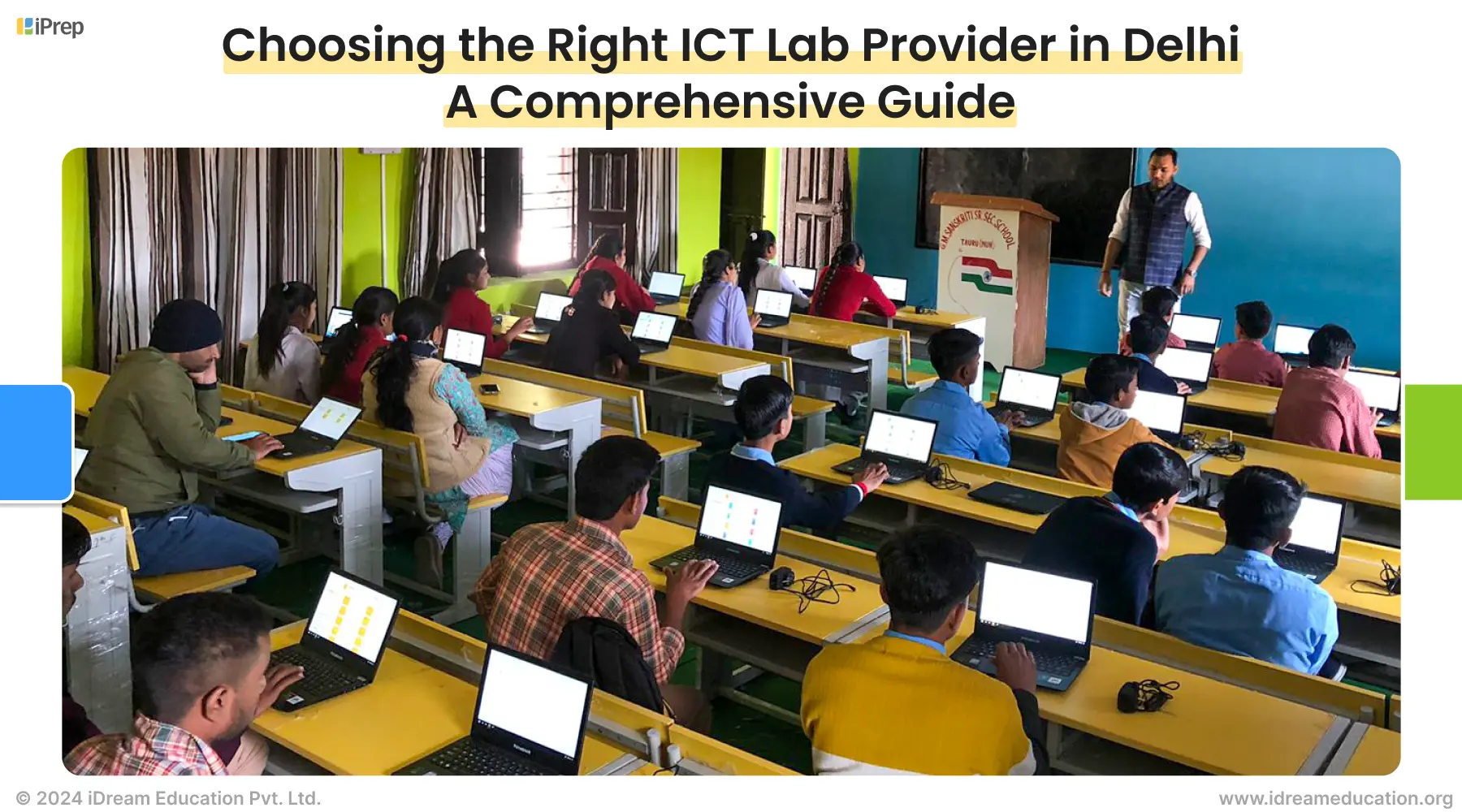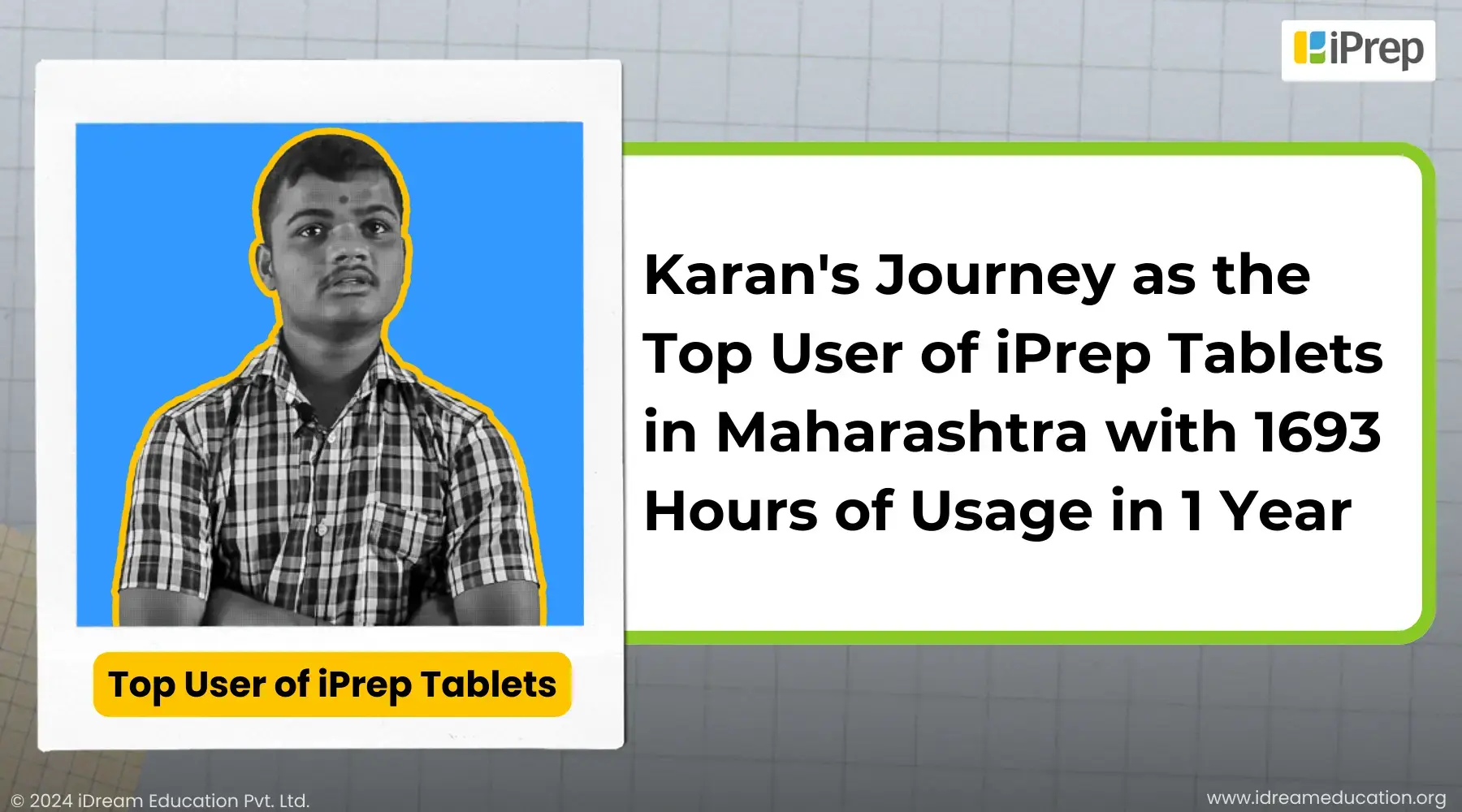How to Choose the best Learning Tablet for your students and Edtech Projects?
This is the first article in our series where we are putting together the thoughts, practices, examples and case studies on how to structure the most impactful projects based on the best learning tablet for your students.
This would be equally relevant if you are a private school, a CSR body, an NGO, a foundation or a State Government official.
Why is this important? During Covid and post Covid, we strongly see a hybrid model of learning emerging, where classroom or online teaching by the teacher will be supplemented with online/offline personalised digital learning at home. In India and globally, we will witness a huge surge in the number of tablets and mobiles being sold. A lot of money will be spent.
It is our hope that this money be put to some good use and we genuinely see the desired results and improved learning outcomes.
What we would be sharing is based on our research and work we have done in 16 states across India, in multiple languages delivering tablet and mobile based digital learning solutions.
Part 1: How to choose the best Learning Tablet for your students and Edtech Projects?
Choosing the right hardware is the most crucial part of an edtech project because of 2 reasons:
- Cost wise, it is the largest component
- It has the biggest impact on learning. We want students to proactively pick up their educational tablets everyday to learn and having the right device is the first step in ensuring this. If the tablet gets stuck, is very slow, students would not be excited to use them
Cost v’s Learning Value debate
Let’s settle this first. Because in our numerous conversations with NGOs, CSR and schools, we have seen organizations getting stuck with the idea of buying the cheapest hardware available.
Here’s our take on it – Focus only on the learning value. The “cheapest tablet” mindset has to be done away with.
Why? Here are 2 reasons:
- Imagine yourself switching ON a tablet. It hangs. If you manage to move beyond, it acts very slow. The touch is not very responsive. Now tell us, how will you feel? Would you enjoy learning or get fed up and toss the tablet away. The cheaper the tablet, more are the performance issues you will face
- Very low cost tablets do not come with warranty assurance. If they break down, most possibly you will have to replace them. That is a lot of hassle and is bound to give you a headache
So while you may have saved money upfront, low cost tablets will fail to deliver the learning value that you are hoping to achieve. Why go for them, rather than the best learning tablet available?
Key Specifications to consider while choosing the tablet:
There are 4:
- Size of the tablet
- RAM and Internal Memory
- Wifi or 4g
- Battery run time
There is also a 5th component, we will talk about it towards the end.
Let’s talk about them one by one.
Size of the Tablet:
Across most brands, the tablets are available in 3 sizes:
- 7inch
- 8inch
- 10inch
How do you decide which size to go for?
There is no thumb role. But one thing you can consider is the number of hours of usage.
If the daily usage is limited to 1-2 hours per day, you can opt for 7 or 8inch.
If however, the daily usage exceeds 2-3 hours, it is suggested to go for a 10inch device. Simply because it would be comfortable to place the device on the table and then watch the digital content and take your notes for a longer time. Also for longer daily usage, operating a larger screen would be healthier for the eyes.
In terms of handling, a 7/8inch is much easier to use. If you are giving tablets to students of grade 6 and below, we would recommend giving them the smaller devices.
Between 7inch and 8inch there isn’t much of a difference in terms of usability. Besides, in most brands, a 10inch device would be close to double the cost of a 7 or 8inch.
RAM and Internal Memory
Tablet specifications are generally written as 1GB + 8GB or 2GB + 32GB.
The first 3 characters before the “+” sign signify the RAM while the last 3 characters denote the internal memory of the device.
So for example, in 1GB + 8GB, 1GB refers to the RAM while 8GB is the internal memory of the tablet.
For a simple understanding, RAM basically means how fast will the device operate. So a 2GB device will be much faster than a 1GB device. And a 3GB will be even faster.
But as RAM increases, so does the price of the tablet.
The internal memory comes into play once we know the size of the digital content we will be using. If you do not want to spend on the SD Card or you fear that students may lose it, you can opt for a device with a higher internal memory.
A combination of both RAM and the internal memory decides the performance of the device. Better is the combination of these two, better and faster will be the device.
Wifi only or Wifi with 4g
If your students have Wi-Fi at home, you can save between Rs. 1,500 – Rs. 2,000 per device by choosing a Wi-Fi only tablet. However, if the internet is an issue, go for a device with 4g functionality.
While deciding on a project, it is important to ensure students have access to the internet. They may have to use some apps which require the internet or download the homework which their teachers would give or may have to submit their assignment. Unavailability of good internet will be a big deterrent in your project.
Battery Run time
Please always ask this question about battery run time to manufacturers to whom you are talking to.
We had implemented a project for a Noida based NGO and those tablets did not even have a run time of 2 hours on full charge and students had to charge their learning tablets in the middle of their online classes. That’s unacceptable.
The tablets should have a run time anywhere between 4+ hours on full charge. This would let them comfortably attend their online classes and also have enough time to access the content on their tablets.
Here’s the 5th and an important factor to consider – After Sales Service
Check how the manufacturer provides the after sales service.
Do they have service centres located near your school or the project location?
If not, what process do they follow to provide service. Will they send their engineers onsite or do you need to ship the tablets to their factory everytime a device has an issue.
For the same NGO, we were talking about earlier, the manufacturer whom we had chosen had no service centres present locally. Everytime a student reported an issue, the tablets were packed by the school staff and couriered to the manufacturer’s warranty. It became so difficult to keep a track. Because we also needed to coordinate to receive the tablets back once they were repaired.
Eventually we settled for another manufacturer, who had a service centre close by.
A simple chart you can use while evaluating your learning tablet options:
| S.N No | Specification | Tablet Option 1 | Tablet Option 2 | Tablet Option 3 |
| 1 | Size (7, 8, 10inch) | |||
| 2 | RAM | |||
| 3 | Internal Memory | |||
| 4 | Wifi or 4G or Both | |||
| 5 | Battery run time | |||
| 6 | Availability of Service Centre | |||
| 7 | Price |
Recommended Brands:
We won’t recommend any brand. It is a very personal decision and depends on a lot of factors, which vary from school to school and project to project.
Sharing below some names, in no particular order:
Foreign: Lenovo, Samsung, Acer
Indian: Wishtel, IKALL, Lava (upcoming)
Please feel free to share more names in the comments section below if you have used any other brand of tablets and are satisfied with their performance. We would love to explore too.
Perhaps, we can do another blog comparing the different brands and share our recommendations with you.
If you would like to go deeper with us, we would be happy to schedule a telephonic conversation with you. Please write to us at share@idreameducation.org
Frequently Asked Questions -
1. What is a learning tablet?
A learning tablet is a portable electronic device equipped with educational content and interactive features designed to facilitate learning. It typically provides access to a variety of digital resources, including e-books, educational apps, videos, and games, tailored to different age groups and subjects. Learning tablets aim to engage students in interactive and personalized learning experiences, fostering skill development and knowledge acquisition.
2. What are educational tablets for students?
Educational tablets for students are portable electronic devices specifically designed to support learning and academic development. They come preloaded with educational apps, digital textbooks, interactive lessons, and other educational content. These tablets offer students access to a wide range of resources to enhance their learning experience, promote engagement, and facilitate skill development across various subjects and grade levels.
3. Which tablet is best for studying?
Choosing the optimal tablet for students hinges on factors like budget, intended usage, and individual preferences. Typically, tablets boasting extended battery life, sturdy construction, support for educational apps, and parental controls are deemed suitable. An ideal student tablet prioritizes engaging learning content, offering access to diverse educational materials suited for various grade levels. Personalized learning features are crucial, enabling students to advance at their own speed and access tailored content aligned with their abilities and interests.
4. What is the best device for learning?
For young learners, learning tablets are among the best devices for education due to their interactive features, educational apps, and child-friendly design. These devices offer a wide range of age-appropriate learning materials, including games, videos, and interactive lessons, fostering engagement and enhancing learning outcomes. With parental controls and durable construction, learning tablets provide a safe and effective learning experience for children.
5. What is the best learning tablet for students in India?
Determining the best learning tablet for students in India depends on factors like budget, features, and educational content. Tablets like the iDream Education's iPrep PAL solution offer comprehensive learning experiences tailored to Indian curriculum standards. With adaptive learning paths, interactive content, and parental controls, these tablets prioritize educational needs while providing a user-friendly interface suitable for young learners, making them a top choice for students in India.
6. How to Choose the best Learning Tablets for your students?
When choosing the best learning tablets for students, consider factors like educational content, compatibility with learning apps, effective hardware, durability, size, cost, after-sales service, and maintenance. Look for devices with engaging and age-appropriate educational content, sturdy hardware to withstand daily use, and a reasonable cost. Ensure the tablet's size suits the student's needs and that the provider offers reliable after-sales service and maintenance support.


